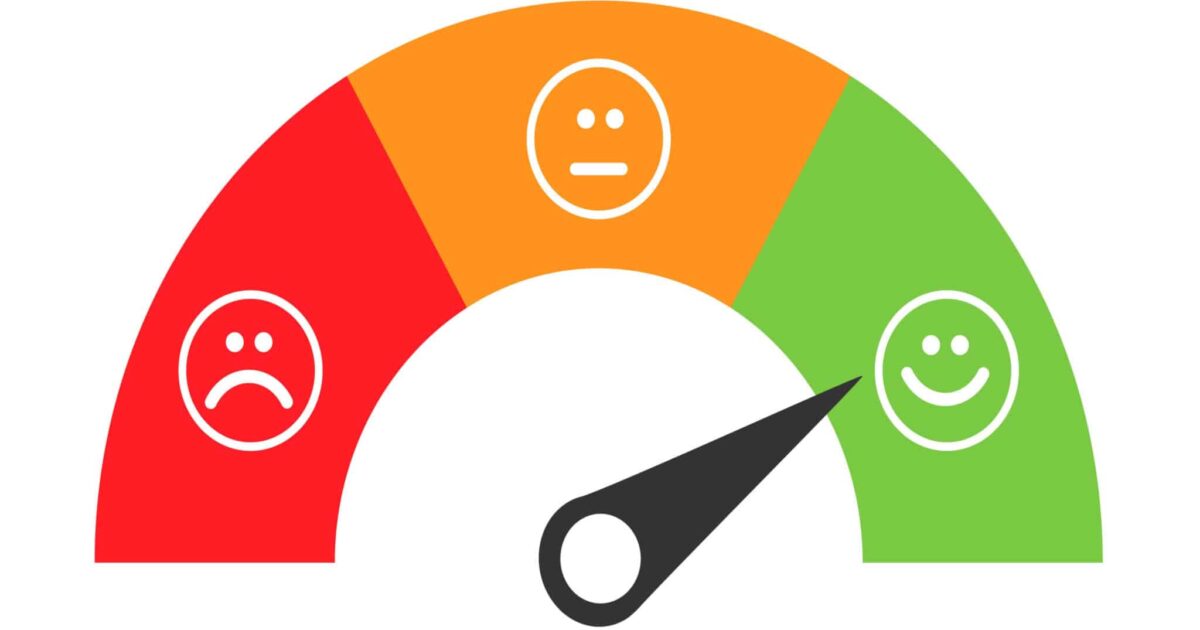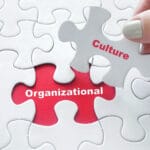
Why (and how) you should consider Continuous Performance Management
Managing employee performance is a fundamental element of any business’s success. Employees need feedback to know where they are succeeding and where they may need to improve.
The best managers have known for a while that there are key issues executing annual performance reviews once a year:
- Too little feedback.
- Few actionable outcomes.
- It often comes too late to make any course corrections.
Many companies are turning to Continuous Performance Management (CPM) as a way to keep an open dialogue with employees throughout the year and deliver a positive impact on the business. It provides a way to monitor and discuss results on an ongoing basis and encourages employees to take ownership of their own professional development and career trajectory.
To achieve the greatest impact from CPM, it must be adopted as a cultural value. Senior Leadership needs to demonstrate their commitment and investments may need to be made in training, tools, and standard processes to support managers and employees.
When considering adopting CPM at your organization think about the following:
1. Set clear expectations for process, deliverables, and documentation.
Continuous performance management is not simply “management by walking around (MBWA)”. Although MBWA is certainly valuable, successful CPM needs more structure. There should be a clearly communicated expectation that managers have a regularly scheduled 1:1 meeting with their direct reports. Ideally, these should happen weekly, but in cases of larger or geographically dispersed teams, aim for monthly check-ins.
It’s also important to standardize on the format of those meetings and what documentation should be kept. The TalentQuest Talent Management System allows both managers and employees to schedule ad hoc or recurring check-In meetings. The application provides standard agendas for different types of check-In meeting (Goal Progress, Career Development, Project Status, etc.) which can be customized by organizations to reflect their unique culture and business environment. This allows both managers and employees to easily view and collaborate on the agenda prior to the meeting; track commitments and follow–up on action items. Reporting is available to allow the leaders in the organization to coach participants and reinforce accountability when necessary.
2. Provide enablement on the how AND why of CPM

CPM creates an opportunity for open dialogue and discussion throughout the year. The result should be a culture of two-way conversations built on trust that encourages employees to take responsibility for their own professional development. Employees are looking for more than just performance feedback. They want the building blocks to advance in their careers in the organization. Employees need to see their managers not just as ‘evaluators’, but more as ‘coaches’. By better tapping into employees’ knowledge, skills, and aspirations the organization can expect to see better results and a higher level of employee engagement.
Successful, CPM cultures report experiencing the following benefits:
- Increased employee engagement
- Higher employee retention rate
- Stronger organizational alignment on priorities and goals
- Increased trust between managers and employees
- Consistent customer satisfaction
- Higher ROI on strategic initiatives
- Increased productivity
- Increased business revenue
To set your organization up for success, start with a pilot project in a department where managers are already demonstrating the behaviors that yield higher employee engagement. You can leverage their natural talents to demonstrate the impact of CPM and identify necessary adjustments before you roll the program out to the rest of the organization.
3. Ensure Senior Leadership’s commitment and buy-in

Nothing will compromise the organization’s level of success more than the knowledge that the CEO or VPs don’t adopt CPM principles themselves.
Bottom Line
Continuous Performance Management sets standards and expectations for performance and guides employees to help them meet their goals. The regularity and frequency of check-in meetings will surface any issues impacting performance before they become overwhelming or too late in the year to address.
CPM also incorporates time and focus for discussion of each employee’s career and professional development aspiration. As a result, it builds trust within the organization, creates stronger relationships between managers and employees, and helps employees reach their true potential for the good of the business.
